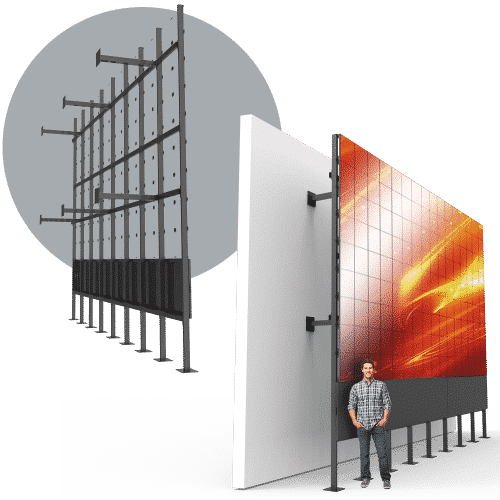
Traditional screen technologies, like CRTs, have been present for many decades. They were frequently used in televisions and computer screens. However, CRTs have a shorter lifespan, generally lasting around 10,000 to 20,000 hours of use. This means that after a few years, consumers may notice a decline in image quality, such as dimming or color distortion. In contrast, LED wall screens can last considerably longer, often exceeding 50,000 hours. This extended lifespan means that users can experience reliable performance without the need for frequent substitutions.
Another crucial aspect to take into account is energy efficiency. LED wall screens utilize less energy than conventional displays, which not only benefits the ecosystem but also lowers power expenses. For instance, while a CRT screen may use around 100 watts of energy, an LED screen can consume as little as 30 to 50 watts. This discrepancy in power usage contributes to the overall longevity of LED innovation, as reduced energy consumption generates minimal thermal energy. Excess read this thermal energy can damage electrical parts, leading to a shorter lifespan for traditional screens.
In furthermore to their extended duration and energy conservation, LED panel screens also provide superior visual clarity. They offer more vivid hues and improved differentiation, making them perfect for various uses, from advertising to educational displays. The innovation behind LED panels allows for a wider sight angle, meaning that images remain sharp and lively even when viewed from the side. This is a significant benefit over conventional screens, which frequently suffer from color distortion and reduced brightness at wider angles.
In conclusion, the longevity of LED panel screens in contrast to traditional display methods is a key factor for consumers to consider. With durations that can surpass 50,000 hours, power efficiency, and superior image quality, LED innovation provides many benefits. As innovation continues to advance, LED wall panels are likely to turn even more prevalent in multiple settings. Understanding these differences can assist people and organizations make improved decisions when investing in display technology, guaranteeing they get the optimal value for their requirements.